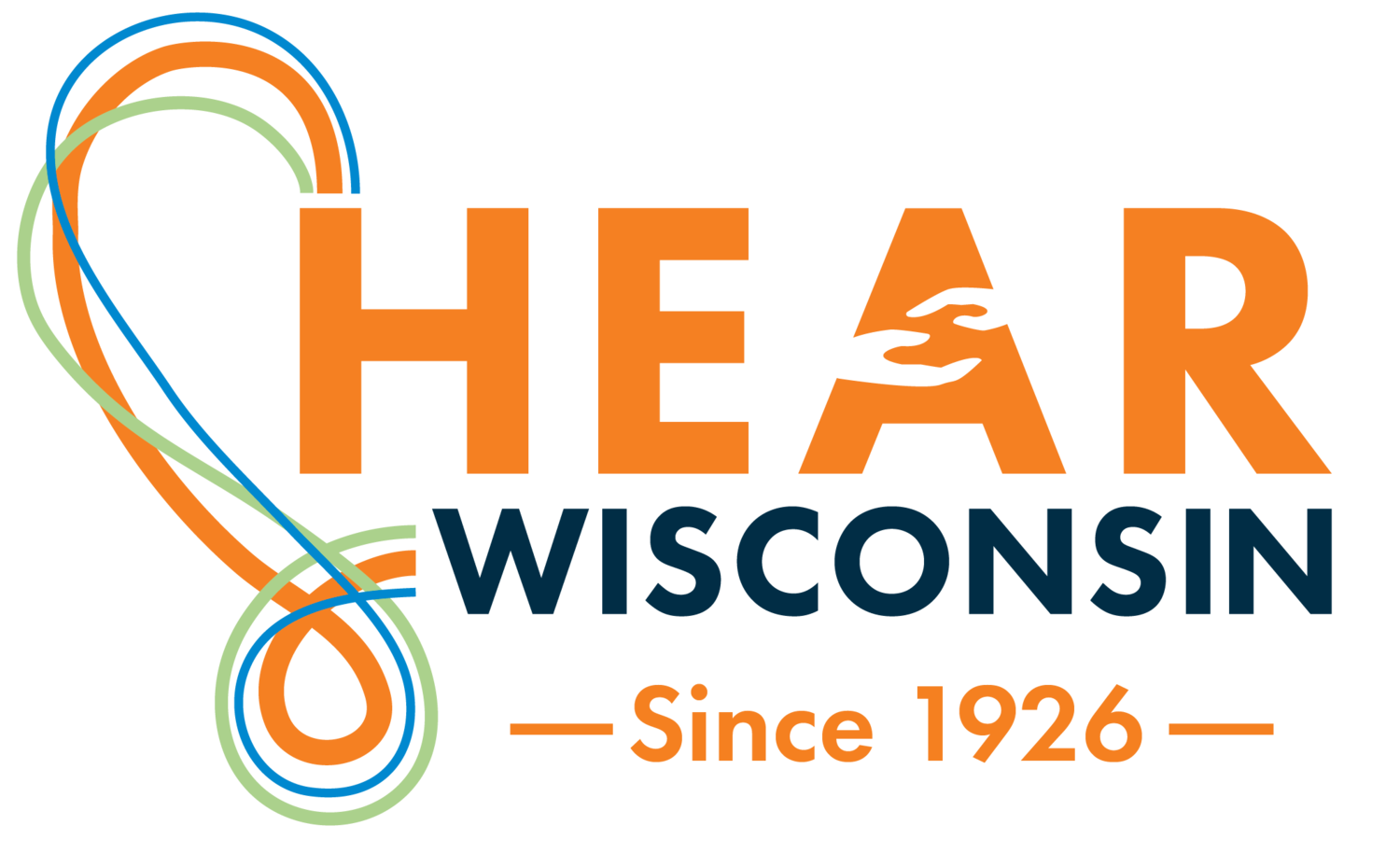Hearing Loss Risks in the Workplace: The Importance of a Solid Hearing Conservation Program

May 14, 2021
Written by Kristine Bayer, Au.D.

Prevalence:
Hearing loss in the workplace is a hidden risk, many times overlooked when doing typical productivity studies. According to the U.S. Bureau of Labor Statistics, occupational hearing loss is the most commonly recorded occupational illness in manufacturing (17,700 cases out of 59,100 cases), which accounts for 1 in 9 recordable illnesses. More than 72% of these occur among workers in the manufacturing industry.
According to the Better Hearing Institute, over 34 million Americans are hard of hearing, and 60% are in the workforce. Studies have linked untreated hearing loss to increased worker absenteeism and reduced workplace productivity.
The National Institute for Occupational Safety and Health (NIOSH) estimates that each year, about 22 million U.S. workers are exposed to hazardous noise levels at work. In a recent report by Centers for Disease Control and Prevention, the authors stated, “Occupational hearing loss is a permanent but entirely preventable condition with today’s hearing loss prevention strategies and technology.”
Prevention:
To prevent noise and hearing loss as much as possible in the workplace, NIOSH recommends a “Hierarchy of Controls” from most effective (#1) to least effective (#5):
- Eliminate the Noise. Physically remove the hazard if possible.
- Buy Quiet Equipment and Tools. When possible, replace the hazard.
- Control the Noise Hazard. Isolate people from the hazard when possible.
- Exposure Time Limits. Change the way people work.
- Personal Protective Equipment (PPE). Protect the worker with foam earplugs, earmuffs, or custom earplugs.
Hearing Conservation Program:
The Occupational Safety and Health Administration (OSHA) sets legal limits for noise exposure in the workplace. For an 8-hour workday, this limit has been defined as a maximum noise level of 90 dBA. If a worker is exposed to higher noise levels than 90 dBA, they are required to wear hearing protection, and is entered into the company’s hearing conservation program.
NIOSH offers a guide for employers who are required to have a hearing loss prevention program in place. It has eight major components: noise exposure monitoring, engineering and administrative controls, audiometric evaluation, use of hearing protection devices, education and motivation, record keeping, program evaluation, and hearing loss prevention program audit.
The implementation of a hearing conservation program can lower the risk of hearing loss and related issues in productivity. When a worker has been identified as having a permanent hearing loss, an evaluation can help determine what hearing devices can help the worker function optimally in the workplace.
How can HEAR Wisconsin help?
HEAR Wisconsin’s Mobile Audiology Clinic can help meet a company’s Hearing Conservation program needs. We offer annual hearing testing, timely evaluation of audiograms by our audiologists, easy-to-read test results for streamlined recordkeeping, custom hearing protection, and full access to educational materials and specialized services to support a company’s hearing conservation efforts. If an employee is identified as needing hearing aids, we can offer follow-up services with 360 degree of hearing healthcare, including hearing aid fitting.
Contact HEAR Wisconsin today (mac@hearwi.org) to find out how our MAC team can meet the needs of your Hearing Conservation program. With MAC, we can bring our services directly to you and keep productivity loss to a minimum by screening up to 18 employees at a time.
